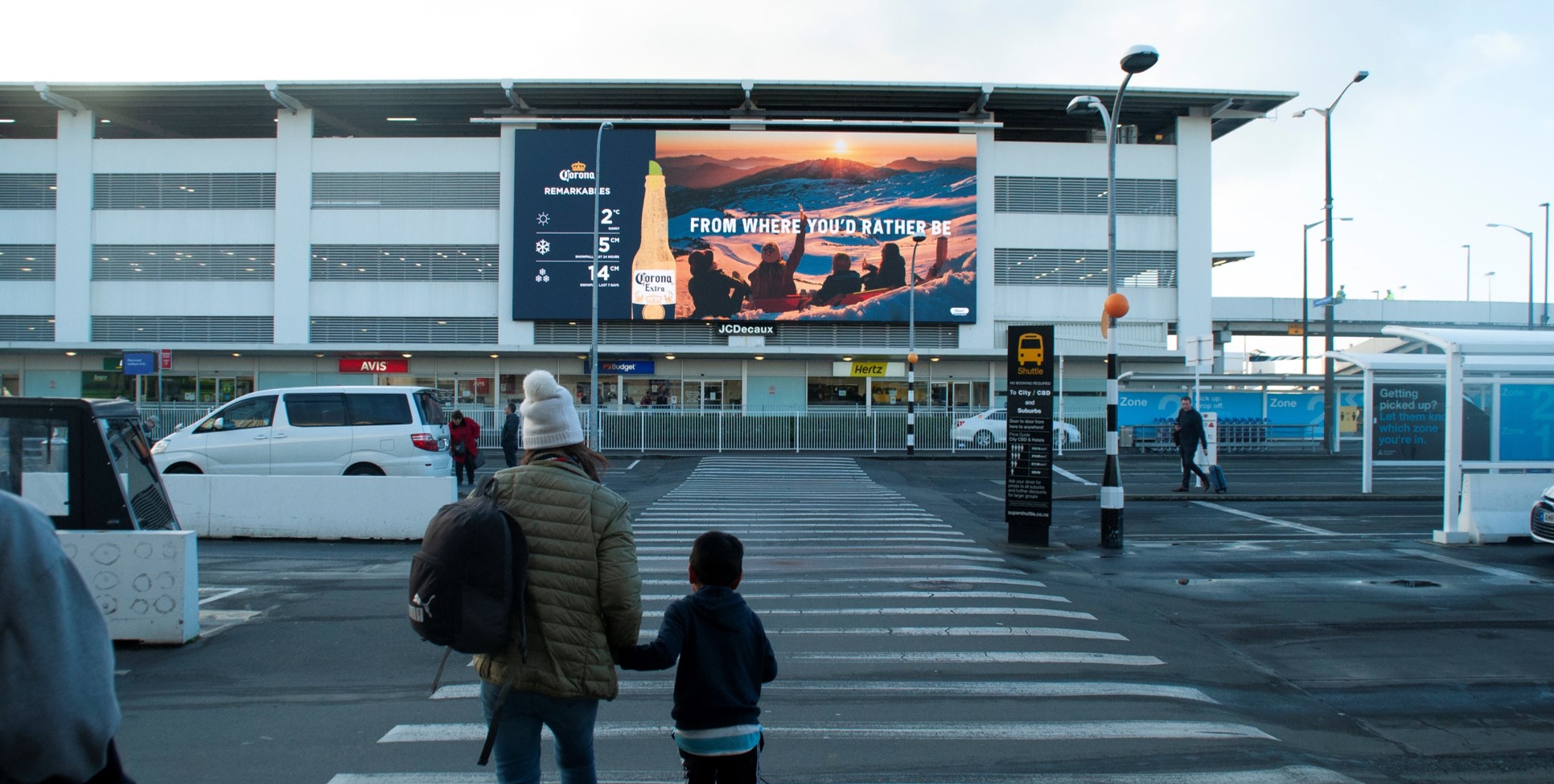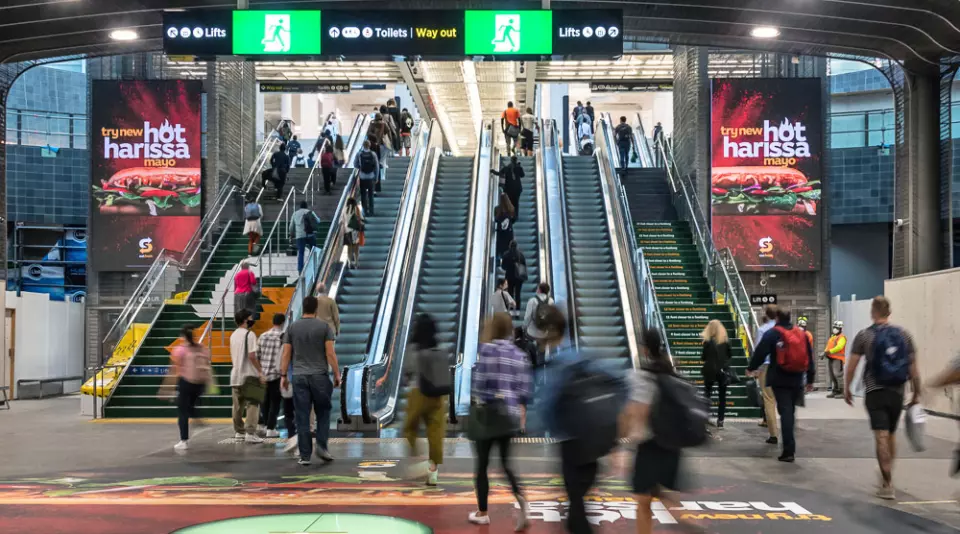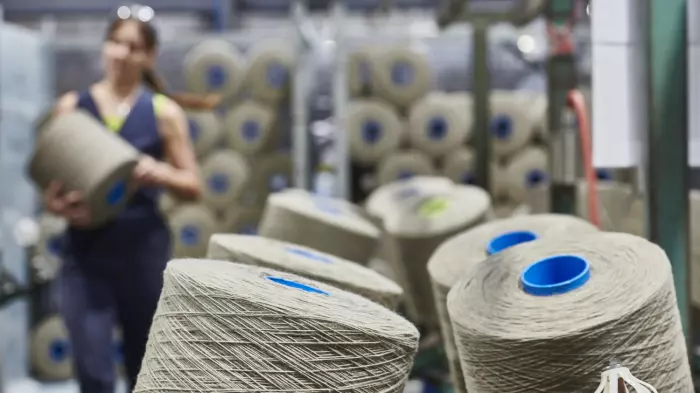Smart connectivity tech changing the face of outdoor advertising.
This article has been prepared by Chorus and is being published by NZME as advertorial.
Photo source: OOHMA
Gone are the days in Aotearoa of just having static Out of Home (OOH) advertising formats which have been around for decades. (Remember the famous Tui “Yeah right.” billboards?) Now, we are seeing a continued shift to digital formats that are smarter and more interactive, as technology and connectivity advance.
Out of Home digital screens seem to be everywhere you look.
According to the Out of Home Media Association of Aotearoa (OOHMAA) there are approximately 2,500 digital smart billboards and screens nationwide in a range of formats including billboards, street furniture, airports, shopping malls, in store and commuter hubs. These are used by advertisers to promote their brands, Government/Councils to inform the community or charities calling attention and support to their cause.
The rise in Out of Home digital tech is exciting for both consumers and advertisers - you just need to look at the jaw-dropping 3D signage technology innovations coming out of places like London, New York and Tokyo to know what is on the horizon here. This includes exciting new formats, data-driven creative, and innovative new Smart City street furniture concepts.
What can this smart technology do?
Neuroscience research is showing that digital Out of Home (DOOH) has higher attention rates with consumers versus static images according to the industry body OOHMAA. Further to that, digital Out of Home formats can now be used by advertisers to display contextualised advertising by signage location. For example, bus stops can become smart data hubs when mounted with monitoring devices which can track weather, pollution levels, pollen count or the UV Index. This enables advertisers to dynamically display creative like sunscreen ads if the UV index is high or umbrella ads if it is raining, or using Google Maps to show where the closest chain restaurant is. Media buyers can also better monitor viewership performance of their sites by location to inform clients through CCTV cameras mounted on the billboard or bus stops that the count cars passing by and provide additional security.
How has New Zealand embraced digital formats?
New Zealand currently sits well globally when it comes to the adoption of digital screens, accounting for 74% of all OOH revenue based on the latest OOHMAA figures. As a comparison, Australia’s digital revenue accounts for 68% of its OOH revenue, America’s 32% and the UK 64%.
LUMO is one of the key players in the New Zealand digital OOH space and has just switched on its fifty-fifth digital screen. Its CTO, Robin Arnold says New Zealand is leading the way when it comes to digital outdoor advertising.
“While we may not have the big showcase 3D billboards on CBD intersections just yet, there has been a large increase in creative campaigns and environment-triggered content which pure digital networks can provide in real-time – our Lumo Labs department is seeing a greater demand for creative ideas and executions.”
Another key player is JCDecaux, its Senior Insights and Strategy Specialist Victoria Parsons says it already has over 60 digital large format roadside billboards in New Zealand, plus many internal digital airport sites.
“Media agencies are always looking to offer innovation to their clients, so they are generally open to technology-led ideas that will enhance engagement with Out of Home campaigns. Some recent examples on the JCDecaux network are the use of surf reports within surf-themed creative and UV ratings for sunscreen, countdown clocks or temperature widgets are common or dynamic headlines.”
 Photo source: OOHMA
Photo source: OOHMA
What connectivity is driving this new technology?
Pushing the boundaries with what’s possible with digital Out of Home, requires the connectivity to support it.
As a basic rule of thumb, the more complex the creative, the more data is required to create it. As digital files get bigger, Sukanya Maharathy – Head of New Access and IoT at Chorus says fibre connections are increasingly becoming a robust and flexible connectivity choice.
“With the right equipment, fibre as a technology has virtually limitless capacity, offering the scalability to do more with digital creative. In addition, the incredible reliability and low latency that fibre delivers, as evidenced in regular Measuring Broadband NZ reporting, provides peace of mind that data capture or real-time OOH creative solutions are less likely to suffer connectivity issues.”
“By comparison, while mobile solutions can offer convenience in set up, the capacity of mobile networks can be affected by higher demands on the spectrum in the area, meaning more likelihood of latency or transmission issues where data demands are high. The perceived set-up advantages with a wireless solution are now also being tested, with Chorus’ small SFP 50 Smart Locations equipment ensuring fibre can be more easily deployed to structures such as a billboard site.”
“Fibre also helps on the sustainability front as based on recent research, per-user emissions from fibre were lower than other broadband technologies when the average download speed was 50 Mbps and above.”
One of the local companies that has discovered the benefits of fibre is Lumo which is using it for 55 of its digital sites, as CTO Robin Arnold explains.
“What fibre offers us is continuous, reliable connectivity, and as a dedicated connection, it provides surety when it comes to clarity and resolution of creative and a reduced risk of pixelation issues. The fact fibre is a lines technology with cables in the ground is also useful when it comes to longevity and weather protection.”
In addition to Lumo, Maharathy says discussions are also underway with other media providers as part of an increasing industry-wide appreciation for the importance of fibre as data requirements grow for digital sites and dynamic campaigns.
The future
With more high bandwidth connectivity available, Natasha O’Connor from the Out of Home Media Association of Aotearoa (OOHMAA) says it will help unleash the potential of the Out of Home medium to inform and market products and services even further.
“The future of our industry is looking incredibly positive, aided by the growth in digital and programmatic as advertisers develop a deeper understanding of its benefits, audience profiling evolves, and data offerings expand. I believe we will see 3D capabilities in New Zealand in the near future; however, these will be in high pedestrian/no-vehicle areas only.”
“There will also be creative opportunities via deep screen, 3D, depth of field, interactivity with screens and smartphones – that’s a lot to be excited about.”
2. s3.documentcloud.org/documents/23366516/ooh-2021-buyer-guide.pdf






